“FIND THE PATH, SOLVE THE PUZZLE”
Just like Candice and Brandon from The Parker Inheritance explored Lambert’s history, parks, and schools, we hope you’ll explore Ypsi. We’ve hidden 6 boxes of Family Read tokens around the city and townships. When you find a box, take a token and leave a comment in the log. If you are reading the book, think about similarities and differences between the history of Lambert and Ypsilanti. Collect all 6 tokens to reveal a secret word. Show the tokens at any YDL youth department to choose a small prize. Teachers, want tokens for students who are participating? Email [email protected].
Geocache
Download the free Geocache app onto your phone. When you open the app, you’ll see all the geocache sites in our area. Look in areas indicated by the maps below to see where the 6 Ypsi Family Read caches are located. Or open the YpsiLibrary geocache profile to see all the sites in the series. Once you find a cache box, read a bit about what happened there in the history of Ypsilanti within the app. Want to know more about geocaching? Watch this short video!
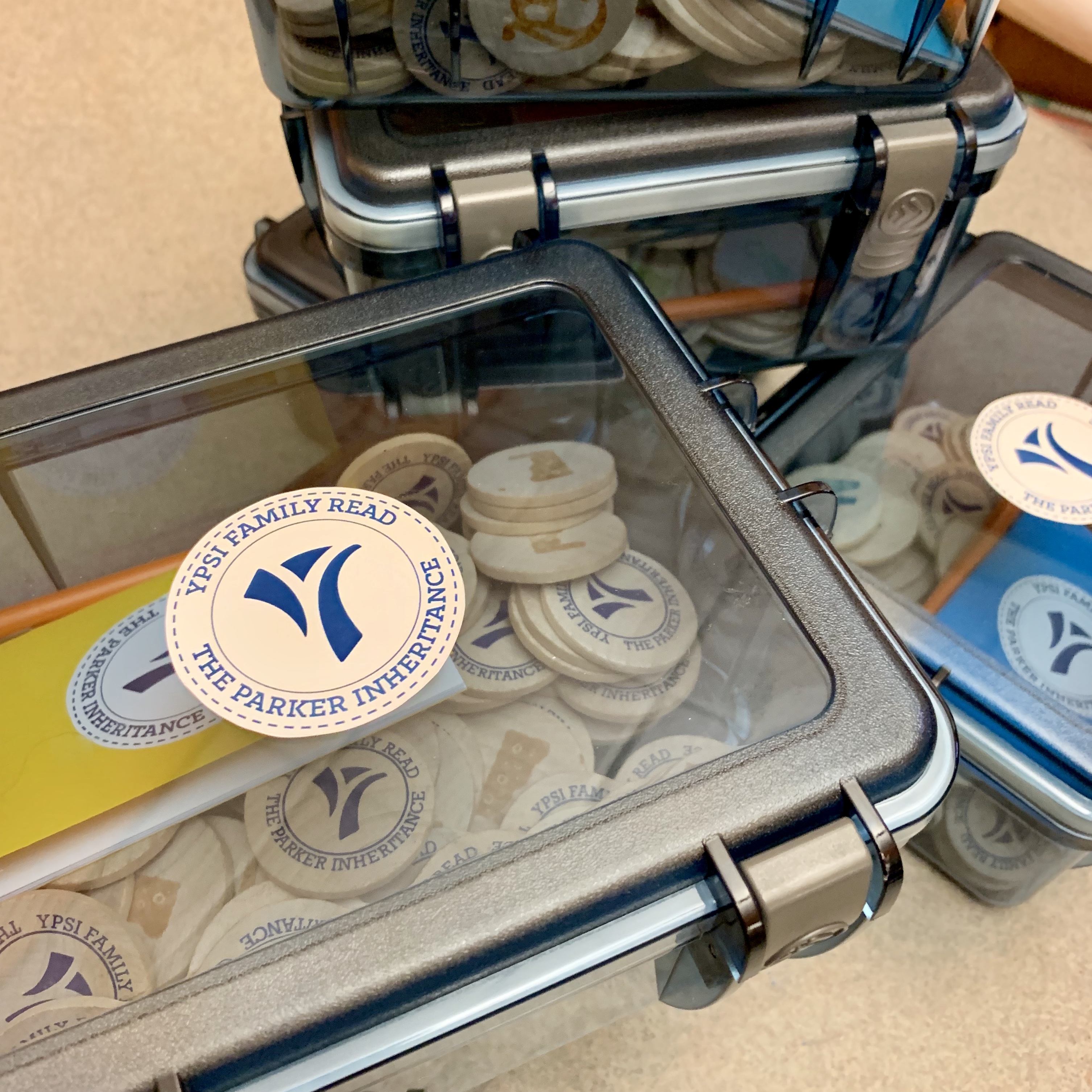
Online
Don’t want to use the Geocache app? Read the history below and search the region indicated by the star on the map. Need an extra clue? We have photos of each location. Ask at a youth desk!
Family Read Box 1:
Riverside Park
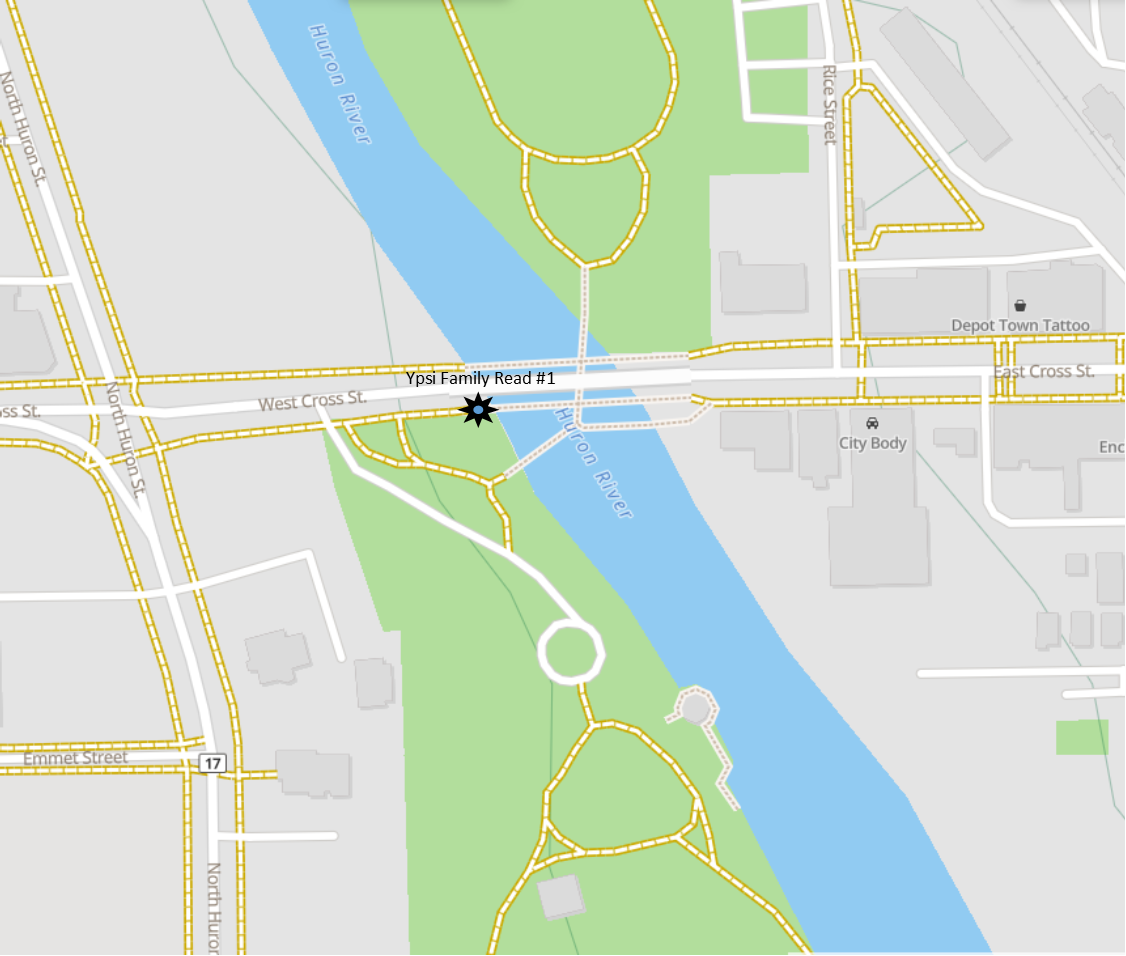
“Before the land where Ypsi is located was settled by white pioneers, it was home to several Native American tribes that traveled, camped, hunted, and buried their dead along the Huron River. The Native American villages in the area were made up of different multi-ethnic groups, but they were considered Potawatomi villages at the time, according to Ypsi historian Matt Siegfried…. In 1825 three speculators combined some of the land they owned to form a new settlement at the crossing of the Huron River and the Sauk Trail, a Native American trail that ran through three states, now known as Michigan Avenue in Ypsilanti. They named the settlement Ypsilanti after the Greek war hero Demetrius Ypsilanti.”
Read more about early Ypsilanti history!
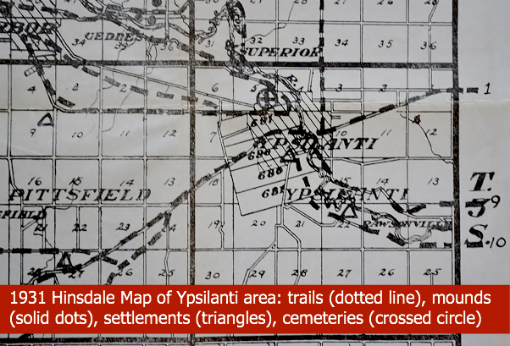
Family Read Box 2:
Second Baptist Church/YDL-Michigan

The Underground Railroad and anti-slavery movement in Ypsilanti
“Ypsi’s black population tripled between 1850 and 1860 because so many black people, both free and enslaved, stopped in Ypsi while traveling on the Underground Railroad en route to Canada. The parts of Washtenaw County that sit in the I-94 corridor were “a pathway to freedom for many and for some … a point of settlement,” according to Ronald Woods, an African-American studies professor at EMU who served as board president of the African-American Cultural and Historical Museum of Washtenaw County…. Matt Siegfried believes there are many myths surrounding Ypsi’s role in the Underground Railroad, including inaccurate views of “conductors” playing an active role and “passengers” playing a more passive role and that the most important Underground Railroad sites in Ypsi aren’t the grand River Street homes often noted for sheltering escaped slaves. Instead, they’re houses that escaped slaves built themselves on the city’s south side both to live in and to help other escaped slaves.”
Listen to Samuel Asa Richardson talk about early Ypsilanti history and its ties to Buxton, Canada.
Read and see photos about Ypsi’s Canada connections.

According to Matt Siegfried, both the Second Baptist Church and Brown Chapel African Methodist Episcopal Church were founded by people who had escaped from slavery and both congregations were active in the anti-slavery struggle. Brown Chapel sits on the site it has since before the Civil War, the corner of Buffalo and Adams. Many of its windows are commemorations of the founders of the church, including those who escaped from slavery and fought in the Civil War. Second Baptist Church moved to its present site on Catherine and Hamilton in the 1870s. There are a number of homes connected to those who escaped bondage still on the south side, but the churches speak to community involvement in the anti-slavery movement.
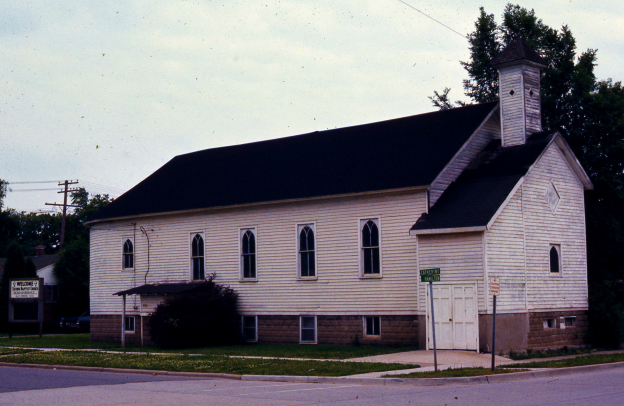
George McCoy, the inventor Elijah McCoy’s father, grew tobacco on the Starkweather Homestead on the banks of the Huron River and sold cigars in Detroit. He transported escaping slaves with him in a hidden compartment on his wagon. The Ypsi history of the Underground Railroad and Elijah McCoy are commemorated in the YDL-Michigan Library Park Plaza.
Lynne Settles and Ypsilanti Community School students created three murals commemorating Ypsi’s history. Look for them as you search for the hidden boxes. Learn more at the library on November 9 and make art with Lynne!
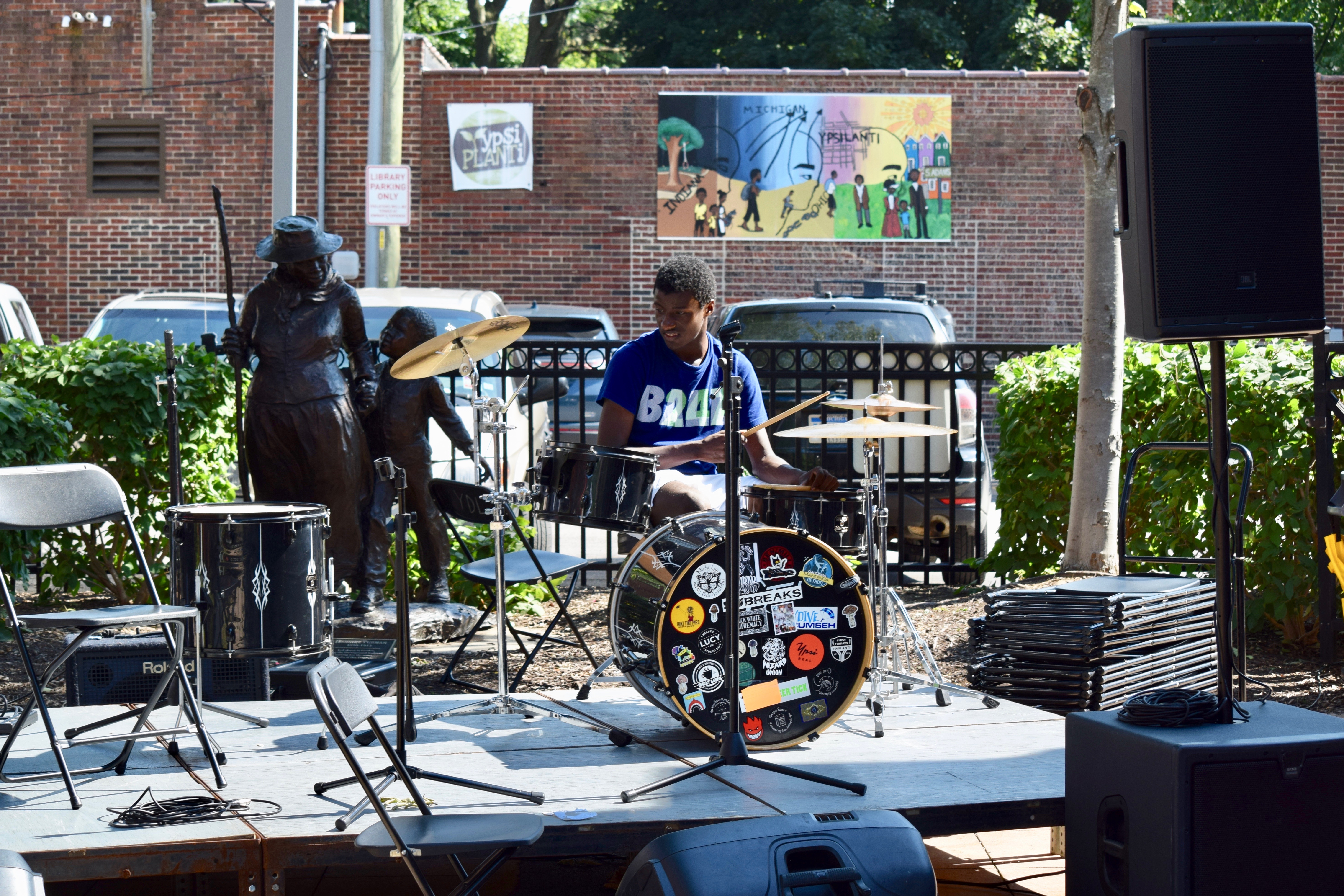
Family Read Box 3:
Candy Cane Park
One of the First Girls to play Little League
“Carolyn King was one of the first girls to ever play Little League Baseball, and her struggle began in Ypsilanti. After being selected to play for the Ypsilanti Orioles, Little League International officials threatened to pull Ypsilanti’s charter for allowing a girl to play. The city stood behind Carolyn, and she took the field at Candy Cane Park on May 10th, 1973, amidst wide press coverage and mixed popular opinion. Little League International did in fact pull the Ypsilanti League’s charter, and later in 1973 Carolyn and the City of Ypsilanti sued for alleged discrimination. Though they lost the lawsuit, the Little League dropped its “no girls” rule in 1974, and by 1975 girls were allowed to play Little League Baseball.”
Read more about Carolyn King.
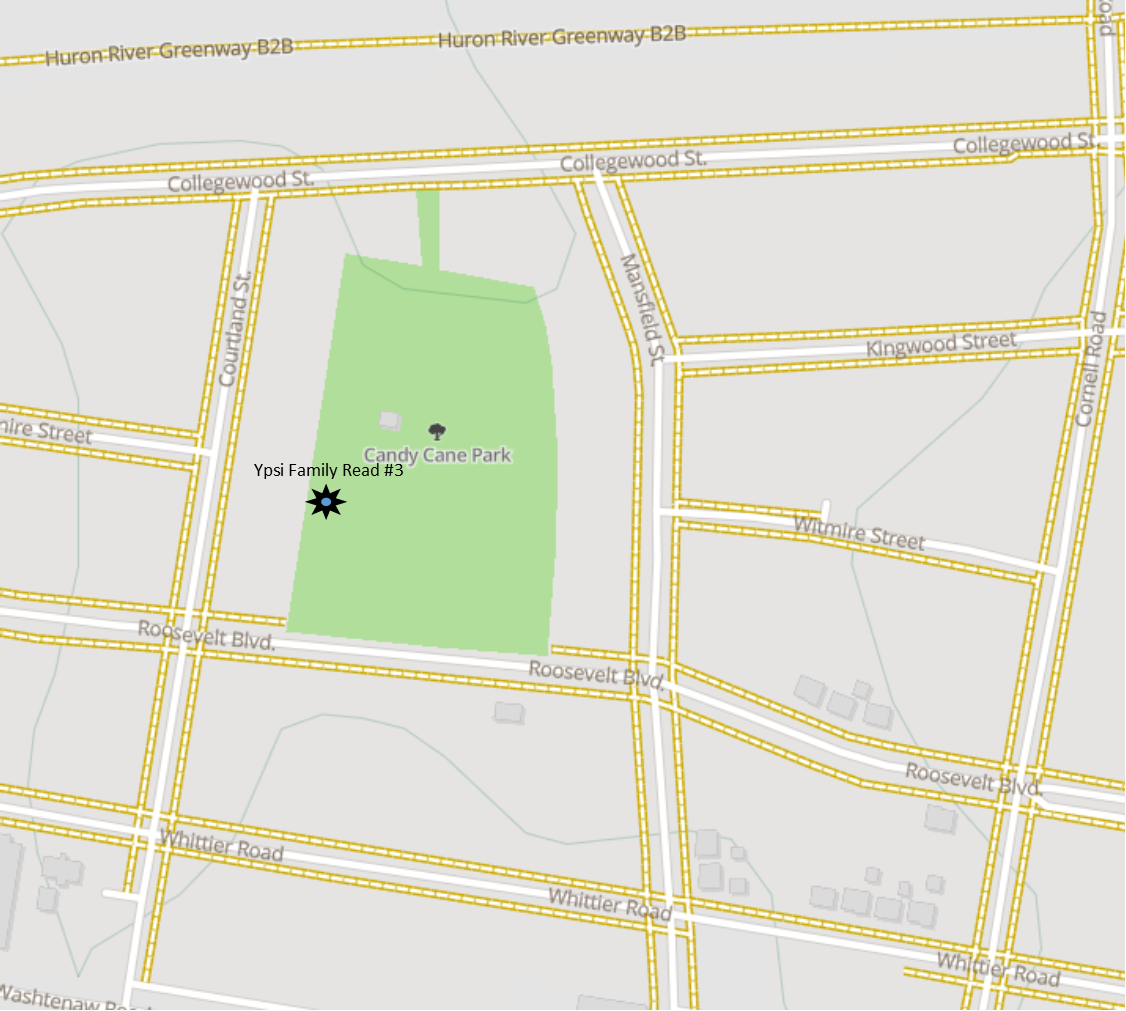
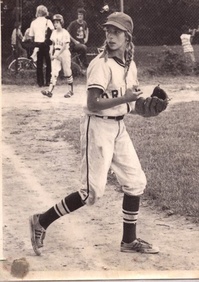
Carolyn is one of the women on the mural honoring Ypsilanti women in history.

Family Read Box 4:
Fireman’s Park/YDL-Superior

The Great Migration and Willow Run Village
“According to Matt Siegfried, Ypsi’s black population doubled between 1920 and 1930, doubled again between 1930 and 1940, and doubled yet again during World War II as a result of the Great Migration. The need for laborers and the availability of jobs drew many black people to the Ypsi area. Black people in Ypsi were able to make decent enough wages to purchase homes and pursue professions such as law and medicine during the Jim Crow era due to Ypsi’s large population at the time, Woods says. In 1941, Ford Motor Company built the Willow Run bomber plant in Ypsi Township. The facility’s 42,000 workers were able to produce a B-24 bomber in less than an hour at peak production in early 1944 to aid in the war effort.”
“Because of the need for shelter, the Federal Public Housing Administration went to work… build(ing) temporary housing, dormitories for single people and dwellings for family groups in the Willow Run Village. This housing could be built on the land north of Michigan Avenue and south of Geddes Road, with the eastern boundary Ridge Road and the western, Prospect Road to Clark to Harris Road. This site was made up of ninety parcels of land with a total of 2,641 acres.
However, “when local and federal officials began addressing the lack of adequate housing, the decision was made to segregate the housing by race. The first worker community by the Federal Government in the area surrounding Willow Run was designated for only white families. By early 1943, the National Housing Agency’s Federal Public Housing Authority began work on Parkridge Homes, which was designated for African American workers and their families. Parkridge Homes were designed by prominent African American architect Hilyard Robinson from Washington D.C.”
Listen to Lois Cook talk about coming to Ypsilanti and school desegregation in the 1950s.
Read more about Willow Run and Parkridge.
Visit the Yankee Air Museum.

Family Read Box 5:
Parkridge Park
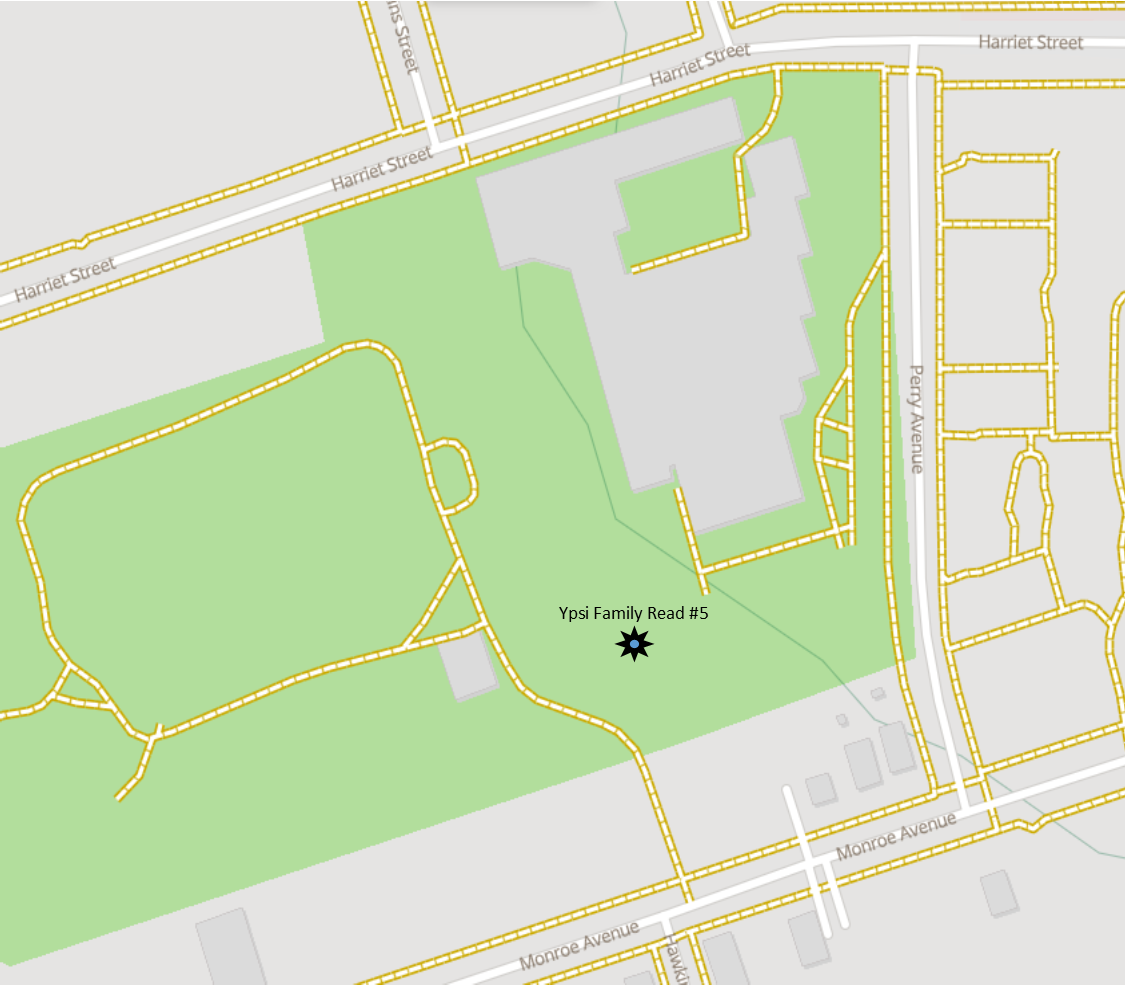
Segregation: First Ward School and Harriet Street
“The old First Ward School is among the most historic buildings associated with the Ypsilanti’s history and is deserving of recognition and preservation. The Adams Street building was constructed during the Civil War, in 1864, specifically to educate Ypsilanti’s black children. Generations of children were taught there, mostly by black teachers… The struggle began in 1916 after a dilapidated frame structure was moved across the street from the school to accommodate the overflow of students, while the city was busy building its new high school, located on Cross Street. The school on South Adams had no indoor plumbing and was heated by an antiquated stove that emitted more smoke than heat, appropriately called ‘Smokey’. The case was won in Judge Sample’s Circuit Court and Ypsilanti schools were formally desegregated in May, 1919. The First Ward school closed that year.”
Harriet Street School, now known as Perry Early Learning Center was built in 1920. “In 1962, the landmark Perry Preschool Project began in Ypsilanti, Michigan and the trajectory of early education was changed forever. Under the visionary guidance of psychologist David Weikart, and with the extraordinary dedication of Perry Elementary School principal Charles Eugene Beatty, the Perry Preschool Project studied the impact of high-quality early education on 123 black children with risk factors of failing in school.”
“Harriet Street, between South Huron Street and Perry Street, was once the center of Ypsilanti’s Southside. Between 1920 and the mid-1960s, the area was home to a thriving commercial district with many Black-owned businesses… In 1952, the City of Ypsilanti applied for a grant of around $6,000 to conduct survey work for a redevelopment program. The Urban Renewal area ultimately included not only the homes on the southside, but also the business district. Many of these businesses and homes, from the south side of Harriet to I-94, were bought and demolished to make way for the new I-94 interchange at Huron.”
See a mural on Harriet Street honoring H.P. Jacobs.

Listen to Eugene Beatty talk about coming to Ypsilanti, teaching, and then serving as the first black principal in the state of Michigan at Perry.

See more photos of Ypsi school children.
Read more about the First Ward school as related to the present day.
Family Read Box 6:
Ford Heritage Park
“In the summer of 1885 Tuttle bridge was built over the Huron River. The bridge was 110 feet long and 16 feet wide. The bridge remained in use until 1932 when the Ford Lake Dam was built to provide hydroelectric power for manufacturing plants of the Ford Motor Company. The water of the Huron River was backed up behind the dam and covered Tuttle Bridge. As time passed, ice pushed the bridge onto its side and there it lies today about 25 feet under water, 50 yards from the shore.The Ford Lake Dam and powerhouse was built in the 1930’s by Henry Ford to supply electricity to the Ypsilanti Ford Motor Plant for the purpose of manufacturing automobile parts. In 1969, the Ford Motor Company gifted the dam and powerhouse along with about 1,000 acres of land to the City and Township of Ypsilanti.”
Read more about the birth of Ford Lake.
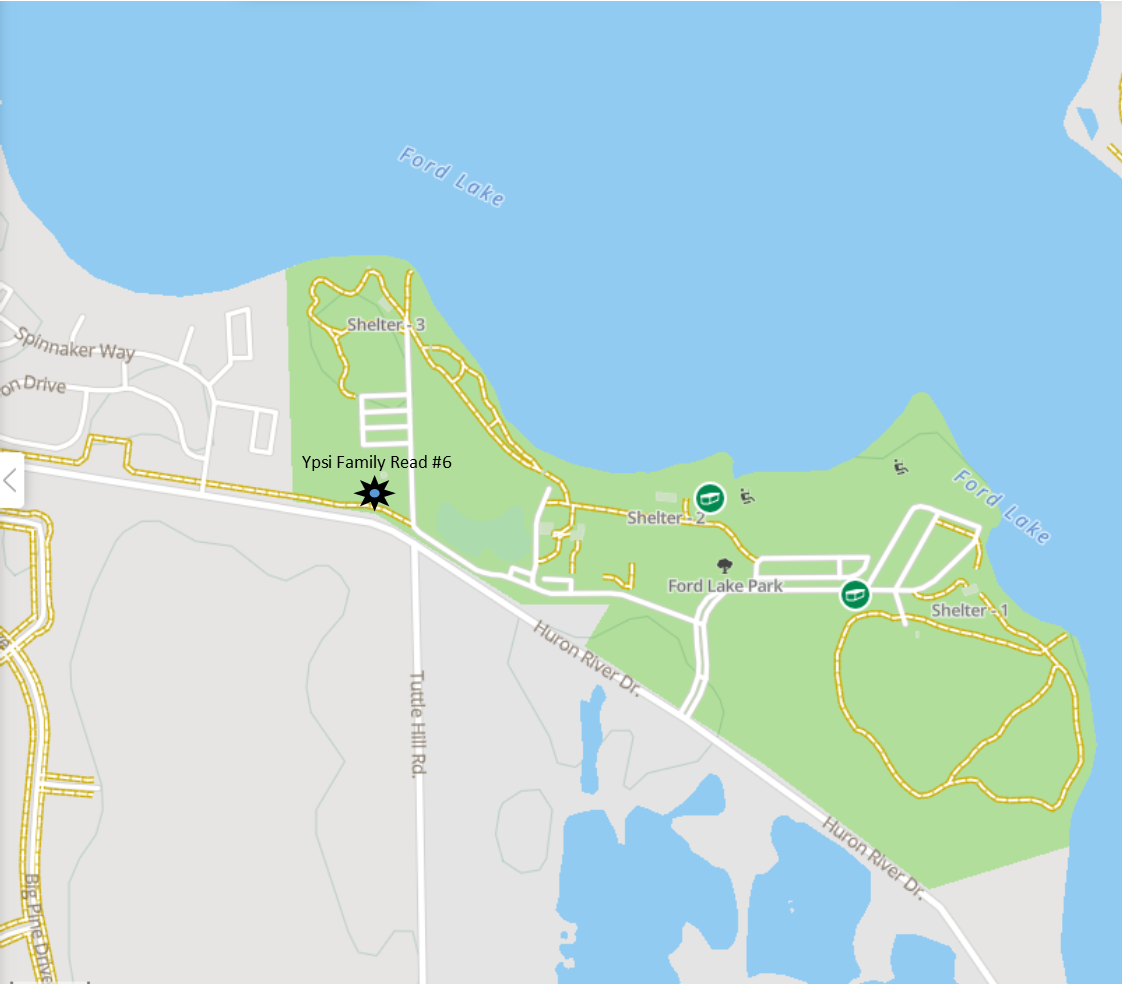


Bonus History
“The Lincoln Consolidated School was founded in the early 1920s. Eastern Michigan University played a large role in helping to combine ten rural school districts, most of them one room school houses, into one large school district. This had only been done once before in Washington State. The Lincoln Consolidated School helped to blaze a trail for all other school districts both in Michigan and around the United States that were hoping to accomplish a similar goal. Lincoln Consolidated worked closely with Eastern Michigan University not only as a funding source, but as a place of education for many of EMU’s student teachers.”
Read more about Marvin Pittman and the formation of the first large consolidated district in Michigan.


